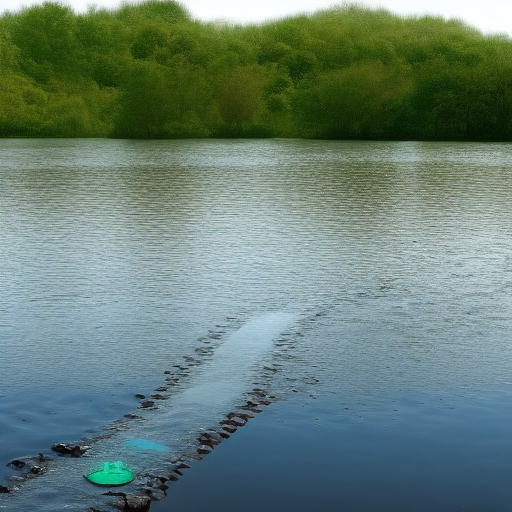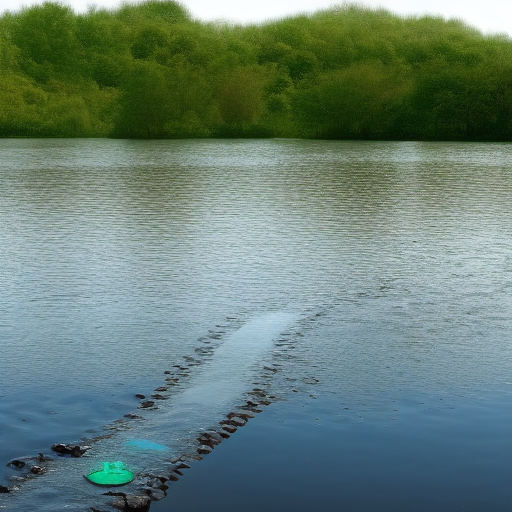Water pollution is an issue that threatens our environment and affects the way we live. Pollution results from various human activities, including industrial production, agriculture, urbanization, and waste disposal. While the effects of pollution are evident and widespread, its impact on aquatic ecosystems remains a primary concern. Water quality monitoring is becoming increasingly critical in managing our waterways, restoring damaged areas, and protecting fragile habitats.

Water quality monitoring involves collecting data on parameters such as pH, temperature, dissolved oxygen, nutrients, and contaminants in water systems. Through regular sampling and analysis, scientists can develop a baseline understanding of water quality conditions, identify changes that may occur, and implement appropriate mitigation measures when necessary. Without proper monitoring and intervention, water pollution may cause harmful algae blooms, fish kills, and ecosystem disruption. In this article, we explore how water quality monitoring plays a crucial role in protecting aquatic ecosystems and ensuring their sustainability.
Pollution reduces the quality of aquatic habitats by limiting plant growth, impairing reproductive success, and creating stress among animals living within these environments. Chemical substances, heavy metals, and other pollutants like pesticides, herbicides, and fertilizers negatively impact aquatic life by interfering with hormone balances, immune systems and creating biological toxicity concerns. Effective water quality monitoring programs can detect the presence of toxins and other impurities in water bodies. Many countries have established stringent regulations governing pollutant levels in water bodies to protect wildlife, safeguard public health and ecological balance.
In addition to maintaining healthy ecosystems, water quality monitoring also helps to identify the root causes of pollution and implement measures to prevent future contamination. By analyzing water data over time, scientists can target specific areas of concern and work towards establishing better infrastructure, regulations, and practices to reduce pollution sources. Water quality monitoring acts like a quality control system - with accurate data, authorities can identify patterns of pollution, monitor the efficacy of remedial measures, and limit negative ecological effects on wildlife.
Many aquatic species play critical ecological roles in their habitats. A healthy ecosystem is usually dependent on numerous factors: clear water with the right balance of nutrients, suitable temperatures, adequate dissolved oxygen levels, and ample space to live and breed. Factors such as low dissolved oxygen can cause anaerobic conditions leading to damage to plant life and creating unfavorable conditions for fish breeding. Moreover, pollution increases the risk of invasive species that may threaten indigenous populations and create cascading effects that negatively impact the broader environment. Water quality monitoring helps prevent these situations by providing data-driven insights into what practices and behaviors are affecting our water ecosystems.
Aside from direct environmental impacts, water contamination also affects human health. Drinking water containing toxic substances may lead to severe illness, disease outbreaks, and long-term health complications. Agriculture and industry's improper disposal methods create a significant risk to both groundwater systems and surface waterways. Regular testing and monitoring help authorities quickly detect potential hazards and take necessary actions to provide safer drinking sources or halt contaminated discharge.
Lastly, water quality monitoring helps ensure access to safe and clean water for communities. Clean water is a fundamental human need, without which, economies could suffer irreparable damage. Industries that rely on water resources, such as hydroelectric power generation and irrigation-dependent agriculture, also benefit from sustainable and monitored water resources.
In conclusion, with the continued industrialization and human activities around aquatic habitats, ensuring water quality remains essential for preventing ecosystem destruction. The need for regular water quality monitoring cannot be overstated in identifying pollution sources, safeguarding our habitat, and improving ecosystem health. With data-driven insights, policymakers, scientists, and stakeholders can make informed decisions to preserve freshwater resources while still supporting essential human and industrial activities. It is vital never to underestimate the value of water quality monitoring and its contribution to sustainability.






